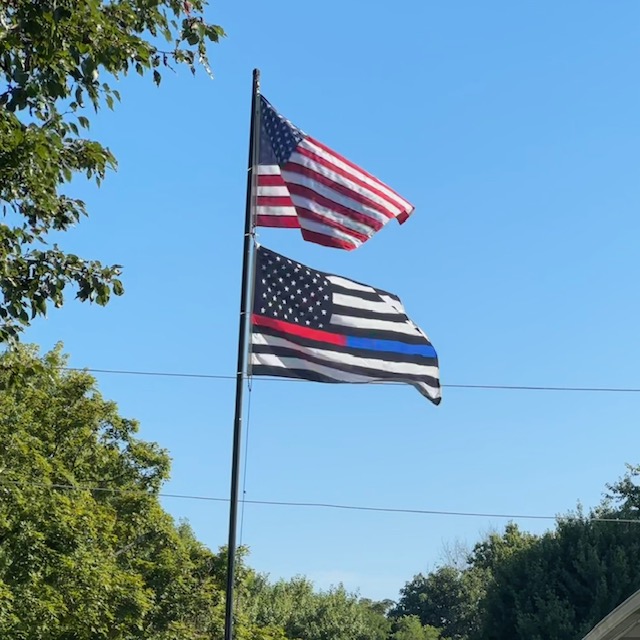http://thehill.com/opinion/international/366516-the-feds-should-end-their-losing-war-on-weed
The renewed battle over marijuana prohibition in the United States is a fight the federal government appears set to lose, much as it could not sustain the 13-year prohibition against alcohol.
Cannabis has been legitimized for medical or recreational use in almost 30 states and the District of Columbia. The primary opponents to legalization were, until recently, federal, state and local law enforcement agencies who feared the loss of personnel and funding, as well as the alcohol lobby. The new antagonist-in-chief is Attorney General Jeff Sessions, who believes marijuana is a gateway drug with no valid uses.
At the federal level, marijuana is classified as a Schedule I Substance alongside heroin, even though it is non-lethal and various studies abroad have shown clear medical benefits. Those include alleviating the nausea and loss of appetite suffered by cancer patients undergoing chemotherapy, easing the pain of certain forms of arthritis without the risks of opioid addiction, helping to control the seizures in epilepsy and reducing the pain of multiple sclerosis.
But because of its Schedule I status, it’s very hard to do scientific research on marijuana in the U.S. as the Drug Enforcement Administration (DEA) issues very few permits for such work.
That’s an unfortunate reality. Presently, most of the illicit marijuana in North America is grown by Mexican drug gangs (largely the Sinaloa Cartel), both in their country and in many remote areas of the U.S., including on state and federal forestlands. These domestic grows pollute the environment and place visitors to such recreational areas at great risk, as cultivation sites are protected by heavily armed workers.
Marijuana production and sale is estimated by the DEA to be about 50 percent of cartel income, or billions of dollars annually. If cannabis were fully legalized in the U.S. and taxed and controlled like alcohol, it would not only severely crimp cartel revenues, it would yield needed funds for government entities and programs. Perhaps some of that money could be dedicated to help treat and prevent opioid addiction.
The fact of the matter is that people will continue to use regardless of its legal status. Those who can’t get it in the illicit market have turned to synthetic substitutes that are widely sold in bodegas and head shops. These are unfortunately dangerous, and often lethal, to users. Legalizing cannabis would end the market for counterfeit cannabis and save lives, and it would enable wide domestic research into the potential medical uses for this common weed.
If the attorney general would look to the Prohibition years, he might see the futility of crusading against marijuana. Unfortunately, with no clear policy from the White House, it seems only Congress holds the power to thwart Justice Department policy. Because the federal legislature is so polarized and gridlocked, that could take some time.
A modern, well-run Justice Department should focus its anti-drug efforts on things that are truly detrimental to public health. Those include hardcore addictive substances like heroin, cocaine and methamphetamines, as well as prescription opioids. The attorney general should allow the states to decide on how to regulate cannabis within their respective borders and end draconian DEA requirements for scientific research into marijuana.
If, on the other hand, the Justice Department is determined to protect our health and safety from hazardous substances, perhaps it should dispatch teams of federal narcotics agents to slap cigarettes, junk food and liquor out of people’s hands. Those undermine public health much more than marijuana.
Martin W. Schwartz is an attorney based in New York. He worked previously as an assistant district attorney in Bronx County, a special counsel for the U.S. Department of Justice-FBI, and for more than a decade as a special agent for the U.S. Customs Service, retiring as a security and intelligence officer.
Filed under: General Problems | Leave a Comment »























